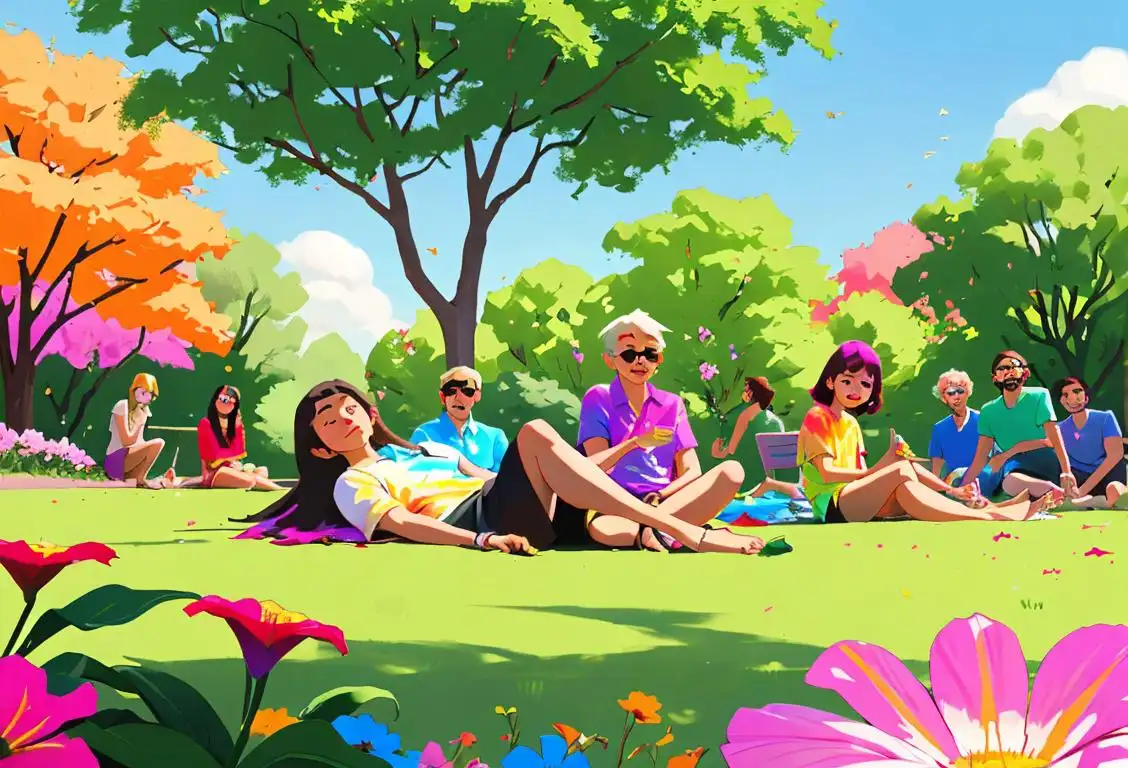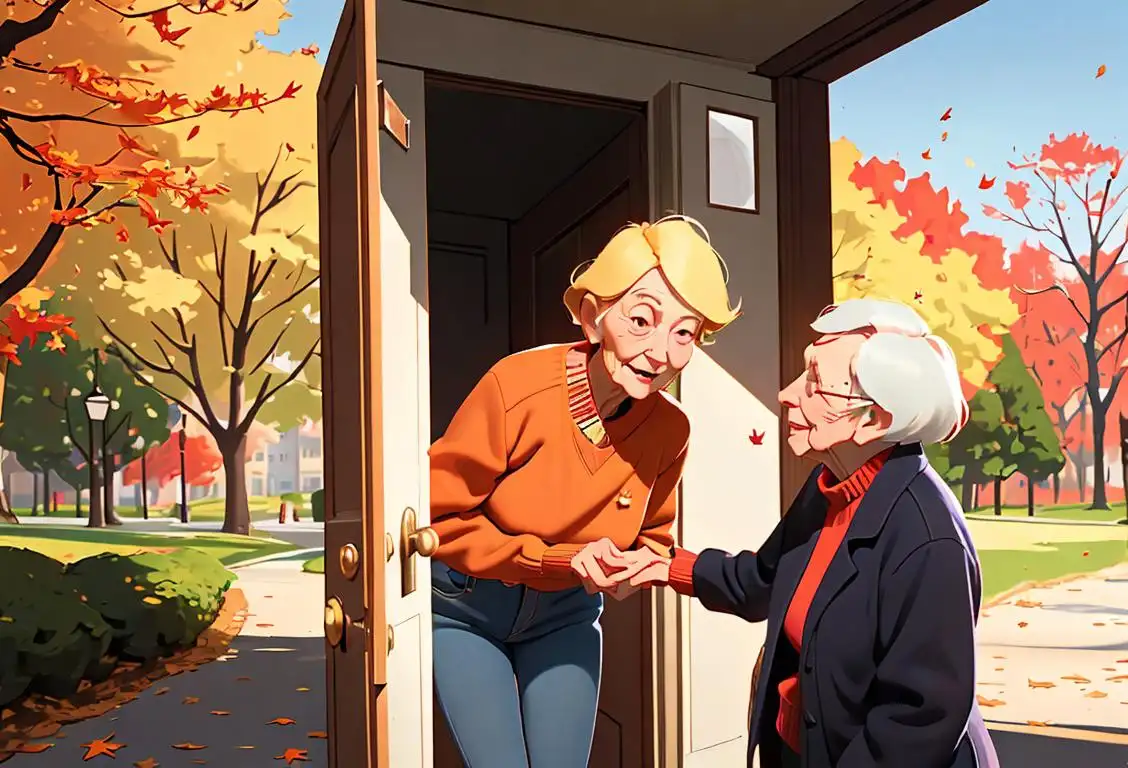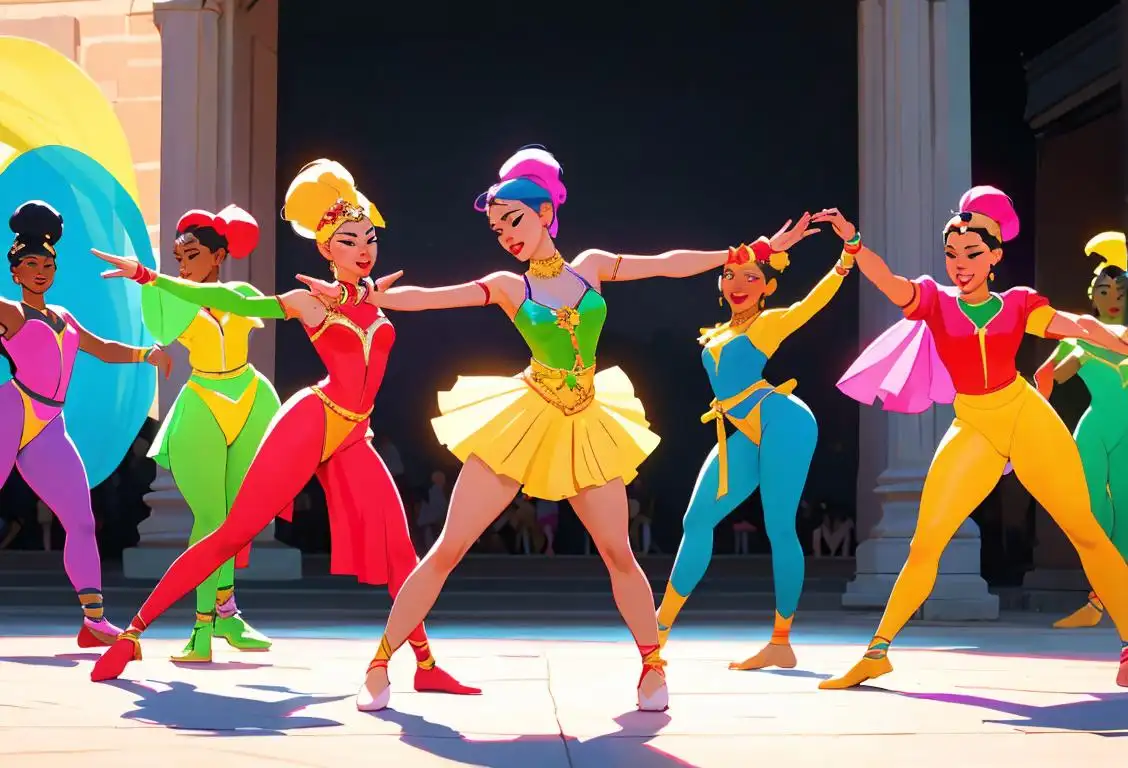National Dagga Day

Hey there, or should I say, high there? Today we're going to dive into the wonderfully chill world of National Dagga Day. So put on your coziest slippers, grab a bag of your favorite snacks, and let's explore the internet history of this relaxing celebration!
When is Dagga Day?
It's national dagga day on the 18th September.
The Origins of National Dagga Day
National Dagga Day originated from the world of online communities and the desire to celebrate the positive aspects of cannabis culture. It's a day where people come together to appreciate the herb's many benefits, like relaxation, creativity, and, of course, a case of the giggles.
While the exact internet origins of National Dagga Day are a bit hazy, the movement gained traction through various online platforms dedicated to cannabis enthusiasts. These communities hopped on the idea of raising awareness and promoting responsible use of the herb, all while having a fantastic time.
Celebrating National Dagga Day
On National Dagga Day, enthusiasts from all walks of life come together to celebrate cannabis culture. From seasoned smokers to those who simply partake in the occasional puff, the day serves as a reminder of the positivity that can be associated with the plant.
People celebrate this groovy day in different ways. Some organize small gatherings with friends, where they indulge in delicious snacks and watch their favorite movies or TV shows. Others take the opportunity to explore the creative side of their minds through art or music. There's no right or wrong way to celebrate; as long as everyone is having a good time, it's a successful National Dagga Day!
Fun Fact: Did You Know?
Did you know that the word 'dagga' comes from the Khoikhoi, an indigenous group in Southern Africa? They used the term to refer to cannabis, using it both spiritually and medicinally. It just goes to show that cannabis has a rich history and has been enjoyed by cultures around the world for centuries!
History behind the term 'Dagga'
7000 BCE
Ancient Beginnings
Dagga, also known as cannabis or marijuana, has a rich history stretching back thousands of years. The earliest evidence of cannabis use dates back to around 7000 BCE in present-day China. Archaeologists have found charred cannabis seeds and remnants of hemp fibers in ancient pottery, suggesting that cannabis was used for both medicinal and textile purposes.
2737 BCE
Emperor Shen Neng's Discovery
In 2737 BCE, the Chinese Emperor Shen Neng is said to have discovered the medicinal properties of cannabis. According to Chinese legend, Shen Neng, known as the father of Chinese medicine, experimented with various herbs and plants to find remedies for different ailments. He found that cannabis had therapeutic effects, particularly for ailments such as rheumatism and malaria. This discovery led to the use of cannabis as a medicinal herb in traditional Chinese medicine.
2000 BCE
Cannabis Spreads to India
Around 2000 BCE, cannabis made its way to the Indian subcontinent. In India, cannabis was referred to as 'dagga' or 'bhang.' It became an integral part of religious rituals, particularly in association with Lord Shiva. Devotees believed that consuming cannabis would bring them closer to the divine. Cannabis use in India extended beyond religious practices and became ingrained in social and cultural traditions, such as during weddings or Holi celebrations.
Poetry and Spirituality
500 BCE
During the Vedic period in India (1500-500 BCE), cannabis was mentioned in sacred texts and epic poems. The Atharva Veda, one of the oldest texts of Hindu scriptures, describes cannabis as a source of happiness and light. Additionally, cannabis was believed to possess spiritual and hallucinogenic properties, leading to its use during meditation and other spiritual practices.
1839
Cannabis Enters Western Medicine
In 1839, cannabis caught the attention of Western medicine when British physician William O'Shaughnessy published a study on its medicinal properties. O'Shaughnessy observed the benefits of cannabis in treating various conditions such as muscle spasms, pain, and epilepsy. His work sparked interest in cannabis-based medicines and paved the way for further scientific exploration.
1930s
Criminalization and Stigmatization
During the 1930s, there was a shift in attitudes towards cannabis. Influenced by political and social factors, cannabis began to be associated with criminality and deviant behavior. The negative portrayal of the plant led to its criminalization in many countries, including the United States under the Marihuana Tax Act of 1937. This marked the beginning of a long period of prohibition and stigmatization surrounding cannabis.
1996
Medical Marijuana Legalization
The tide began to shift again in 1996 when California became the first U.S. state to legalize medical marijuana. This milestone paved the way for other states and countries to follow suit. The recognition of cannabis as a legitimate medicinal herb influenced public attitudes and ignited discussions about broader legalization and regulation of marijuana for both medical and recreational purposes.
Present Day
Dagga's Cultural Impact
Today, dagga continues to be a subject of ongoing debate and exploration. It is recognized for its potential therapeutic applications, such as pain management, epilepsy treatment, and alleviation of nausea in cancer patients undergoing chemotherapy. On the cultural front, the perception of dagga has evolved, with increasing acceptance and legalization in several countries, acknowledging its role not only as a medicinal plant but also as a recreational substance.
Did you know?
Did you know that the word 'dagga' comes from the Khoikhoi, an indigenous group in Southern Africa? They used the term to refer to cannabis, using it both spiritually and medicinally.Tagged
romance awareness funFirst identified
1st March 2018Most mentioned on
18th September 2018Total mentions
281Other days
Suicide Prevention Month Day
Iloveyou Day
Happiness Day
Do Something Nice Day
Compliment Day
Single Ppl Day
Dance Day
Honesty Day
Kiss A Ginger Day
Kissing Fried Chicken Day









